The Danish Gambit is an aggressive opening for White that stems from the King’s pawn opening (1. e4). This opening is an excellent option for players who love fast-paced adrenaline-fueled attacking chess.
The Danish Gambit features an early pawn sacrifice by White intending to develop pieces at a fast pace and start an attack on the Black king.
The starting moves of the Danish Gambit are 1. e4 e5 2. d4 exd4 3. c3.
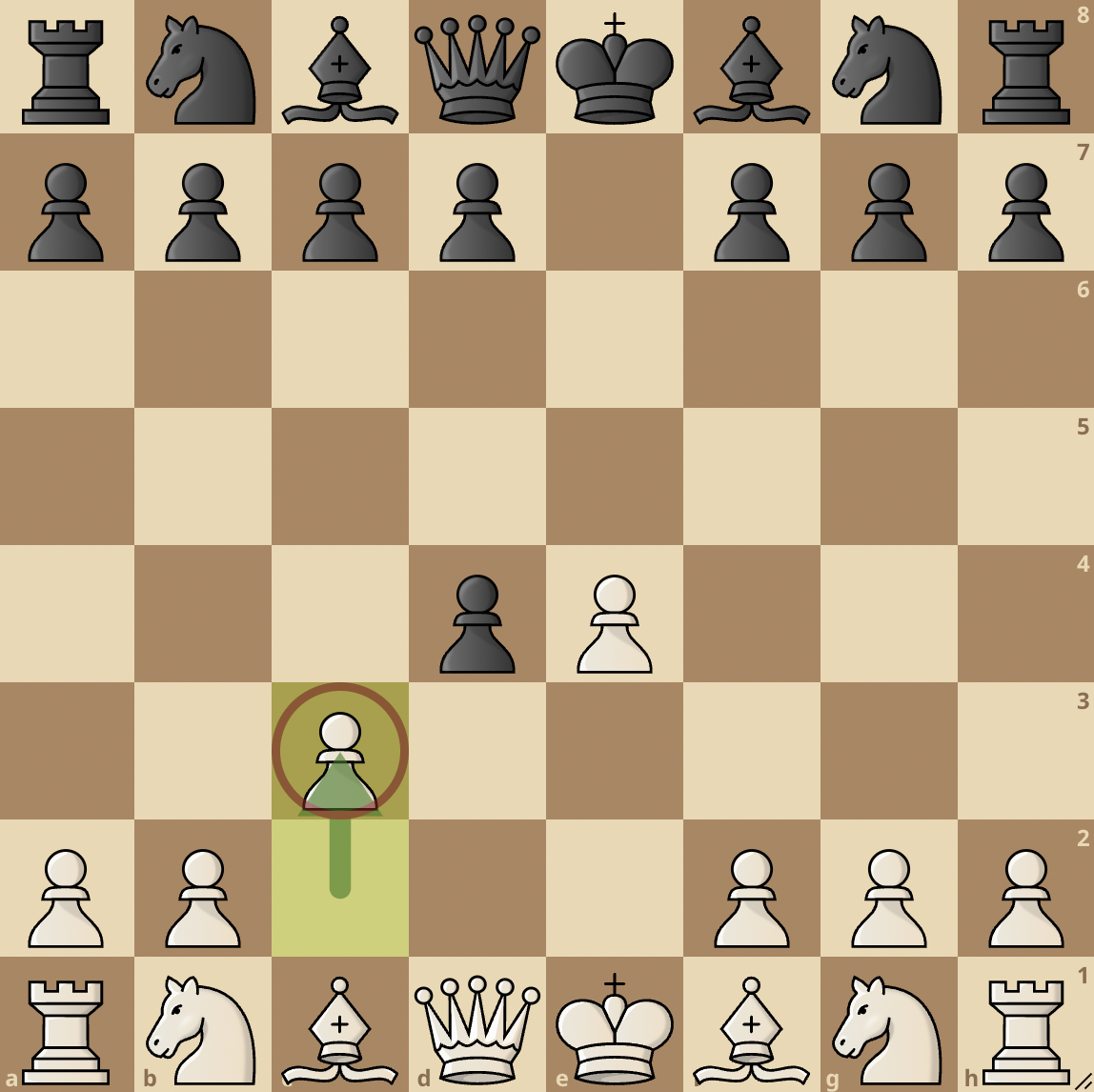
After Black replies …e5, White offers a pawn with 2. d4, Black captures that pawn with …exd4 and White offers another pawn with c3.
c3 is the move that signifies the start of the Danish Gambit. White is offering Black the chance to capture one more pawn and in exchange, White gets to develop their pieces faster than Black.
Black has two choices in this position, to capture or not to capture the pawn.
Three main variations arise from the above position. They are:
- Danish Gambit Accepted: Single Danish Gambit
- Danish Gambit Accepted: Double Danish Variation
- Danish Gambit Declined: Sorensen Defense
The first two variations start if Black accepts the c3 pawn offer while the Sorensen variation starts with Black declining the pawn offer. Now. let’s take an in-depth look at the variations.
Danish Gambit Accepted: Single Danish Gambit
1. e4 e5 2. d4 exd4 3. c3 dxc3 4. Nxc3

The first variation we’re going to treat is the Accepted line with 4. Nxc3. This is also known as the Single Danish Gambit.
After 3. c3, Black accepts the offer of the pawn and they capture it with 3…dxc3. White now recaptures and at the same time develops a piece with 4. Nxc3.
In this position, Black has the material advantage i.e. being up a pawn, however, White already has a pawn and knight developed – they control the center and can easily develop their other pieces like their light-squared and dark-squared bishop.
Since White has sacrificed one pawn, they can’t afford to play passive moves, rather they will develop quickly with moves like Bc4, and Nf3 and look to start an attack on the Black king.
Black will be behind in development for most of the game but it boils down to the skill of the White player to convert this lead in development into a sizable advantage.
Danish Gambit Accepted: Double Danish Variation
1. e4 e5 2. d4 exd4 3. c3 dxc3 4. Bc4
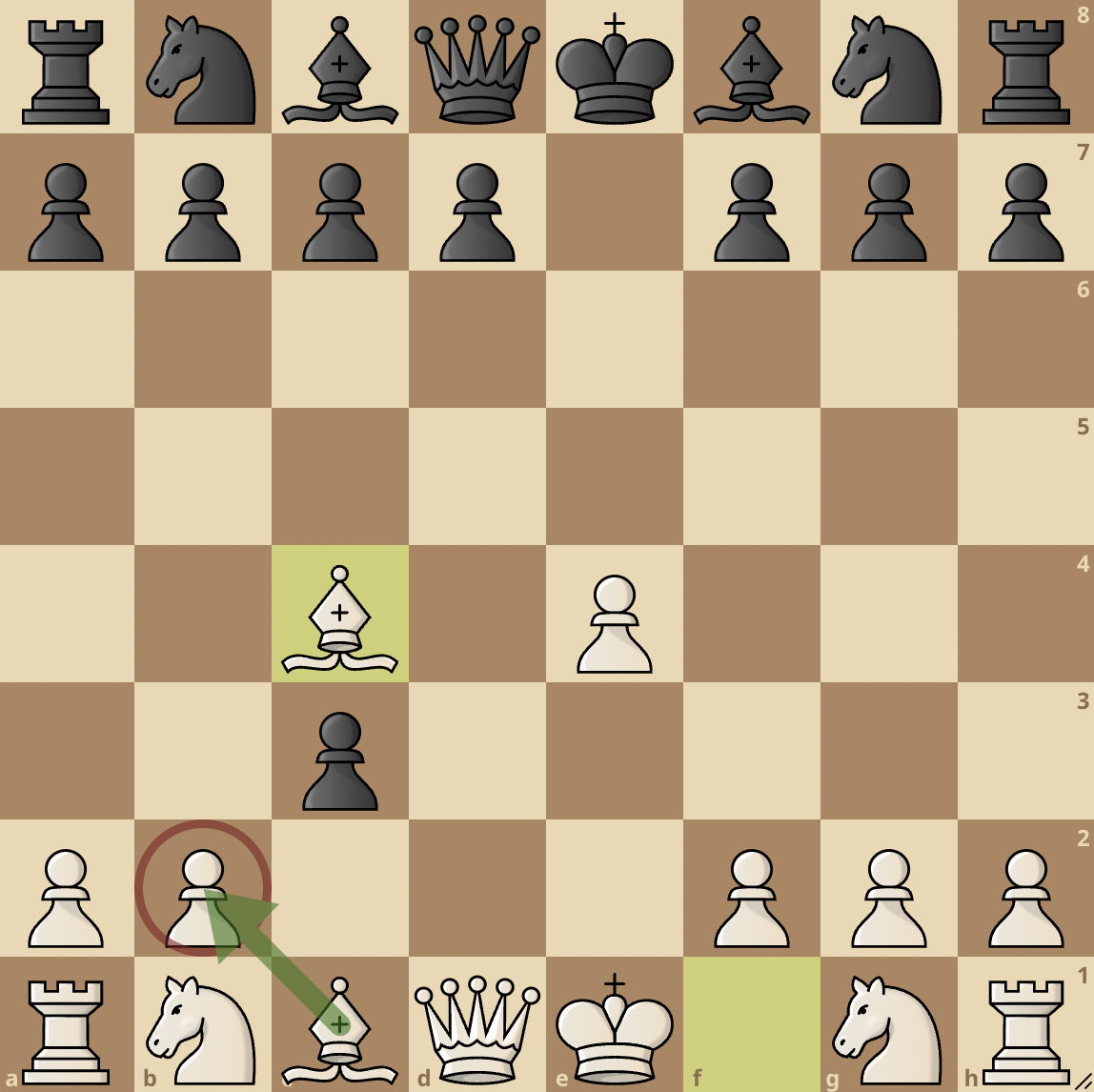
The Double Danish Variation is where the fun happens. Here, after 3…dxc3, White does not recapture the pawn instead, they develop their light-squared bishop early on with 4. Bc4 and allow Black to capture their b-pawn.
Black will almost always play 4…cxb2 and White will recapture with 5. Bxb2.
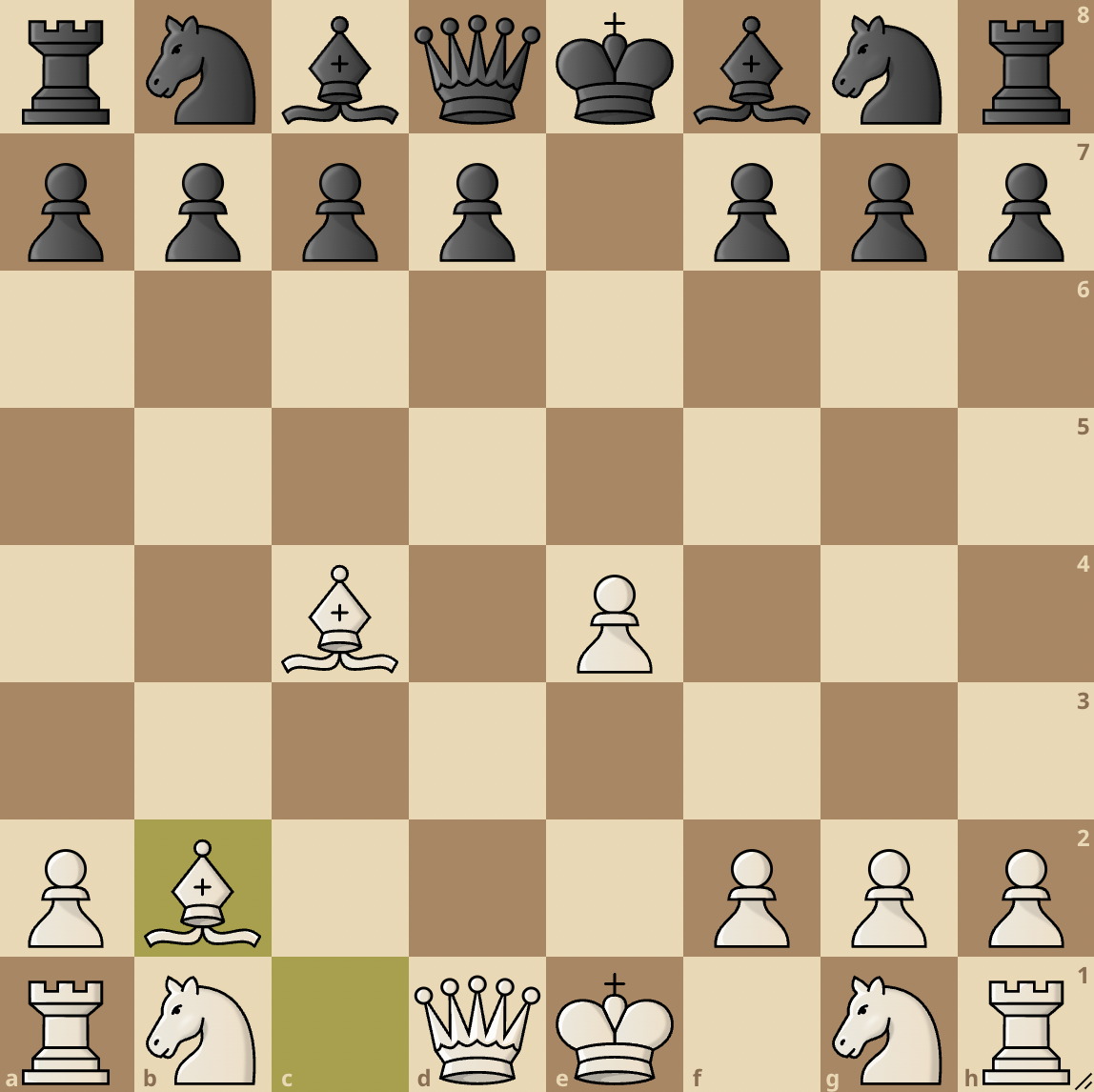
This is where things get crazy. White has an insane amount of firepower –the light-squared bishop is eyeing the weak f7 square that’s only defended by the Black king, and the dark-squared bishop is eyeing the g7 square, making life very difficult for Black.
If Black somehow manages to castle, they will be in for a ride as White will have two bishops eyeing Black’s kingside with evil intent.
In most games that reached this position, Black gave back one pawn with 5…d5 to try and numb the influence of the bishops. This shows just how dangerous White’s setup is.
Danish Gambit Declined: Sorensen Defense
1. e4 e5 2. d4 exd4 3. c3 d5
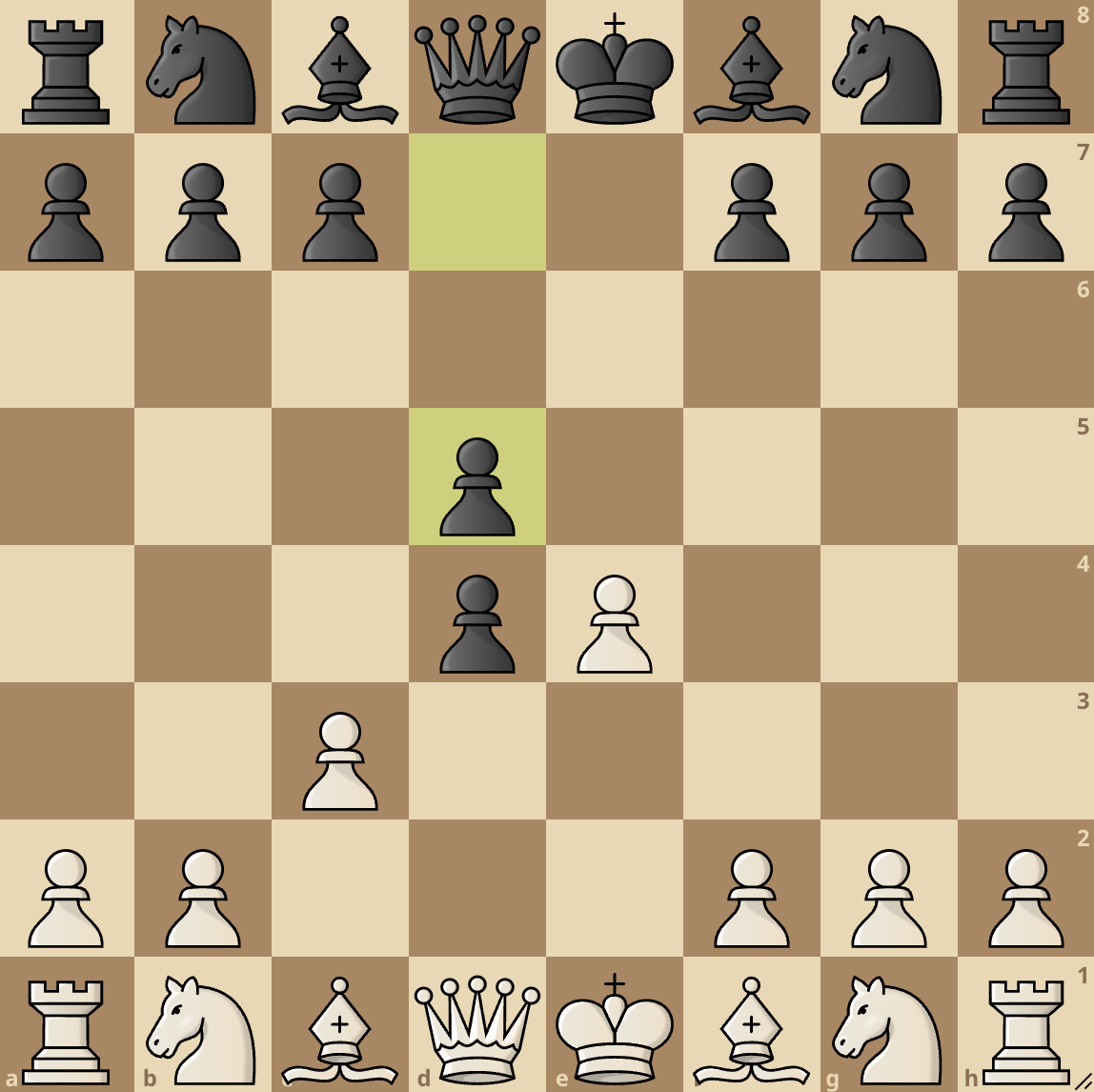
The Sorensen Defense is a safe and calm way for Black to approach the Danish Gambit. After 3. c3, Black plays 3…d5 and tries to open up space for their pieces to come into the game.
The Sorensen Defense is also called the Capablanca Defense. White’s next move is almost always 4. exd5, Black will recapture with 4…Qxd5, and White now plays 5. cxd4, winning their pawn back.
The position on the board at this point is very equal and the engine gives it a 0.0 evaluation, meaning both sides have equal chances.
The game will continue with Black developing their pieces and White doing the same. This particular variation has a high tendency to end up as a draw, however, it still depends on the individual skill and accuracy of play from both players.
Successful Deployments
The Danish Gambit has been a weapon used by many players (and it’s still in vogue) to surprise their opponents and inflict heavy damage on them.
Let’s go through some nice games in the Danish Gambit and see how the experts applied its principles over the board. Touch the moves or move the board around for a better interactive experience.
Alexander Alekhine v Abraham Frieman (1924)
We discussed earlier that the Sorensen variation that stems from declining the Danish Gambit is a way for Black to cool things down and avoid the craziness of the gambit, however, this is not always true and the former world champion Alexander Alekhine showed just that as he demolished the Sorensen variation in his 1924 game against Abraham Frieman.
Jacques Mieses v Semyon Zinovievich Alapin, Prague (1908)
In the previous game we looked at, we saw how the Sorensen variation was beaten by Alekhine, however, this does not mean the defense does not work. Alapin showed that the Sorensen was indeed a potent defense against the Danish when he defeated Jacques Mieses in their 1908 game in Prague.
Henry Bird v Emmanuel Lasker, 1892
Emmanuel Lasker is one of the greatest chess players in history, he was also one of the longest-reigning world champions. However, even the great Lasker fell victim to the Danish Gambit in his 1892 match against Henry Bird. Remarkably, Lasker lost the game in 12 moves!
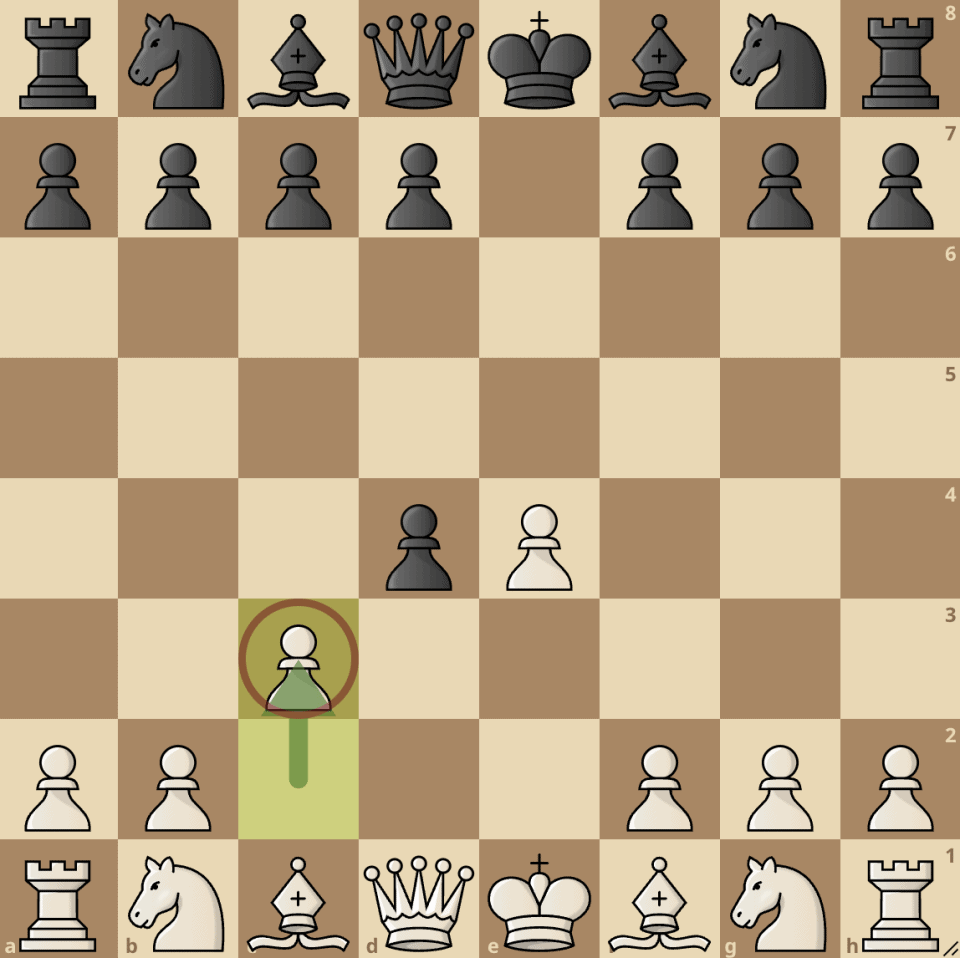


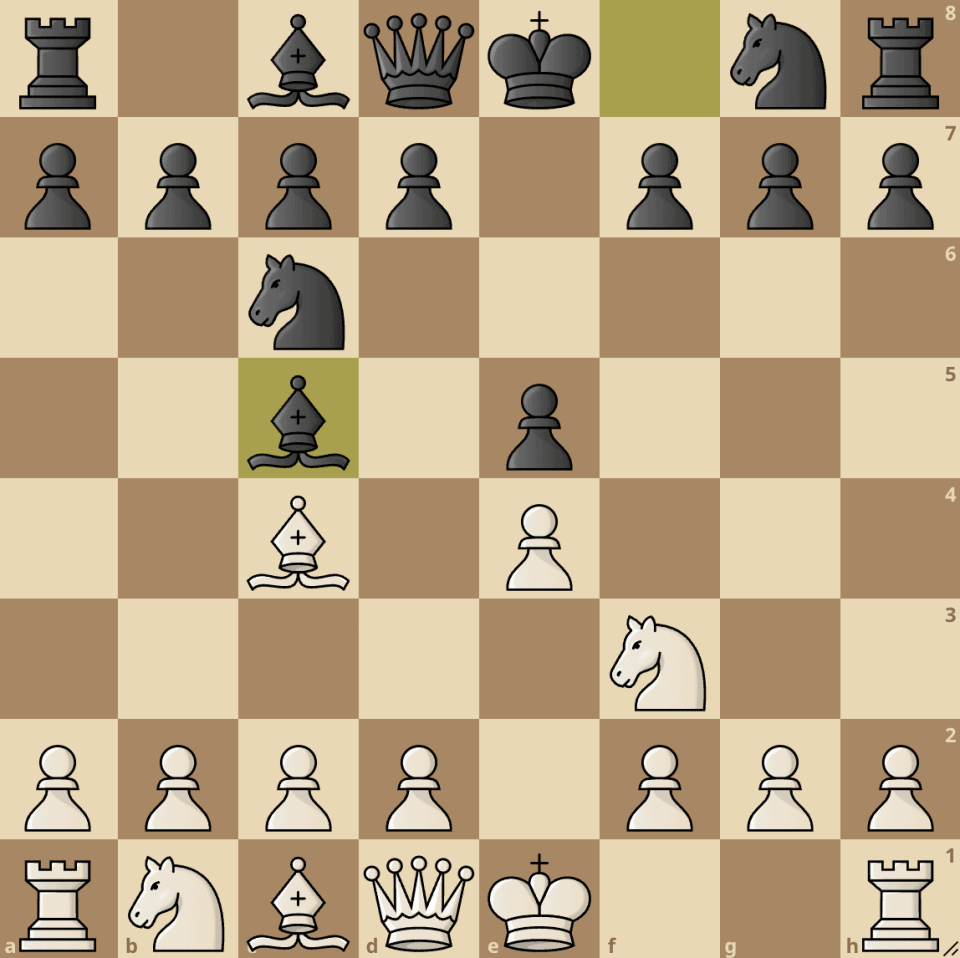

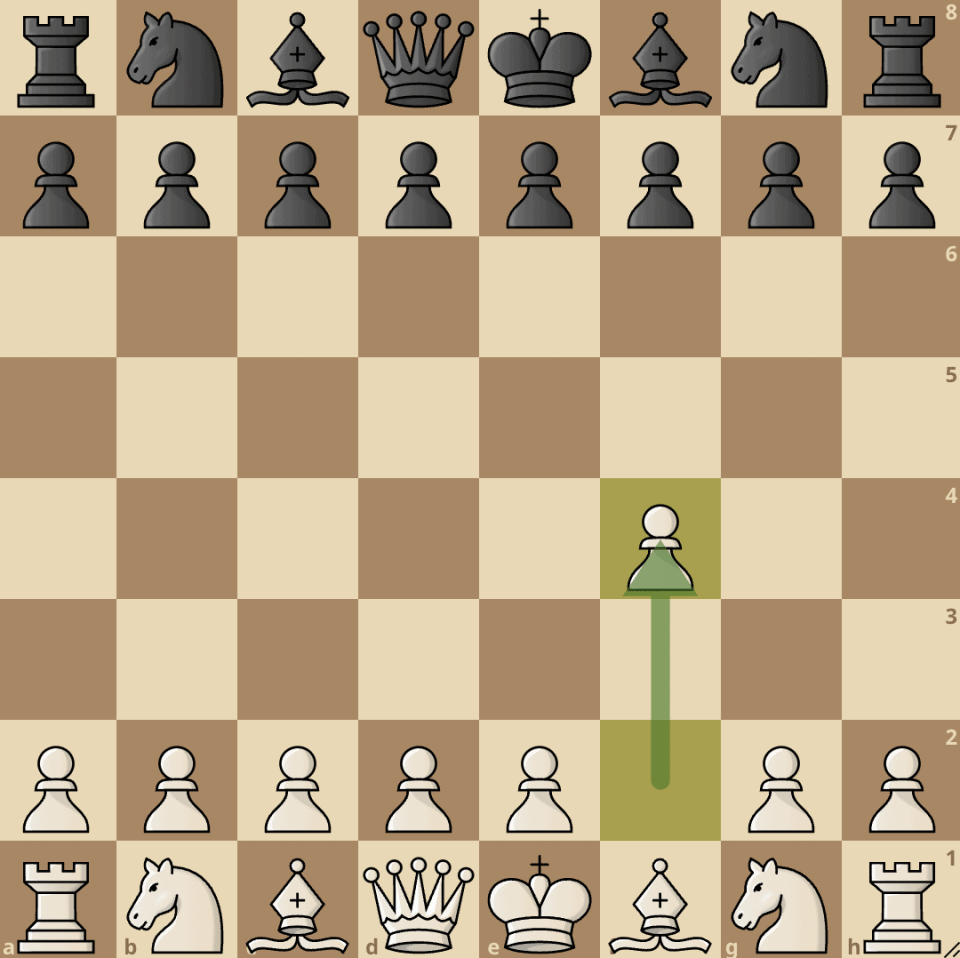
join the conversation